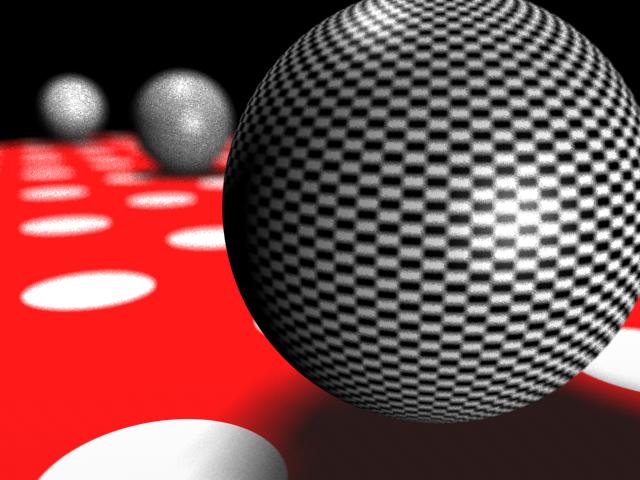I can get a little inside about this stuff, but frankly that’s what people hire me to do: I take a look inside their music and see what they perhaps have lost sight of.
Part of what I do for artists and composers is to show them that if everything is in the background, there needs to be something in the foreground (e.g., Radiohead, Peter Gabriel, or Massive Attack – all are masters of sonic dimension).
When I approach a mix, I look at it as a 3 dimensional picture:
Left / Right
Top / Bottom
Front / Back
Three dimensions.
As a photographer always looks to what is behind the subject, as an artist paints with oil to achieve many layers of color – I paint with sound.
Left / Right is not hard to do. I was told once, “if everything is stereo everything is mono.” So blast something over to one side… easy… Top / Bottom is also not too difficult… brighten it up… add some bottom… of course avoiding any “Red October’s” in your mix (a huge submarine running thru your track…not so good).
Then there is front to back… to me this is an important hallmark of a great mix… Here’s how I look at it: Without light there is no dark, without quiet there is no loud, and without front – there is no back.
So how does one paint this sonic picture? When recording an orchestra I always strive to get those 3 dimensions using the natural room acoustics, by where I place the mics…and which ones I choose to bring up. Before I go into the control room I always go out to the stage and listen to the hall when the symphony first starts playing, I re-create the depth of field I just heard. When you stand behind the conductor you feel the depth of the room. If you listen as opposed to hear (hearing is physical, listening is mental)…. You will hear the strings right next to you, but if you ‘listen” your mind will perceive depth. The first chair will be right next to you, the last chair perceivably away from you. The woods a bit further back, the brass even further, then the percussion in the back of the room…. depth of field. I want the audience to hear what the conductor is hearing. If you have no idea what I am talking about, stand in the middle of an orchestra you’ll understand.
The first dimension: I might find one sound that I want to be in the forefront. I will put it right in the center, perhaps filter it with a band pass… really narrow it down… smash it with compression and make it small.
The second dimension: left right with medium ambience, pleasing imagery, wide spectrum.
The third dimension: way… way back… like someone talking at the end of a tunnel. I will use a 7-8 second reverb at times, and no direct signal to pull you away from what’s in the fore-front.
This is perhaps an over simplification but this approach can draw people in and makes them feel different about what they are hearing.
I have been writing and producing this “ambient textures” CD this week, its ALL about dimension. And this one is a great example.
Give a listen:
[audio:https://gregtownley.com/blog_audio/Hammers.mp3|width=215]
